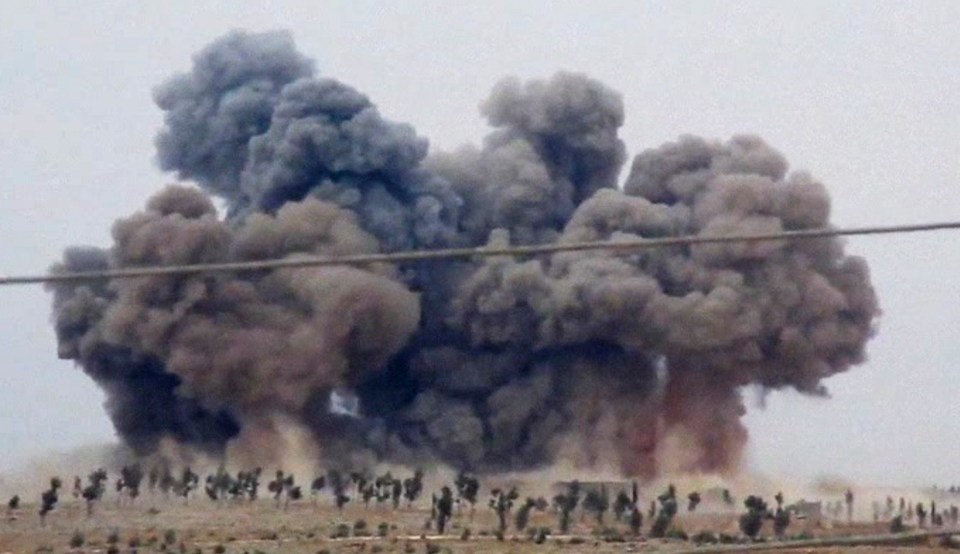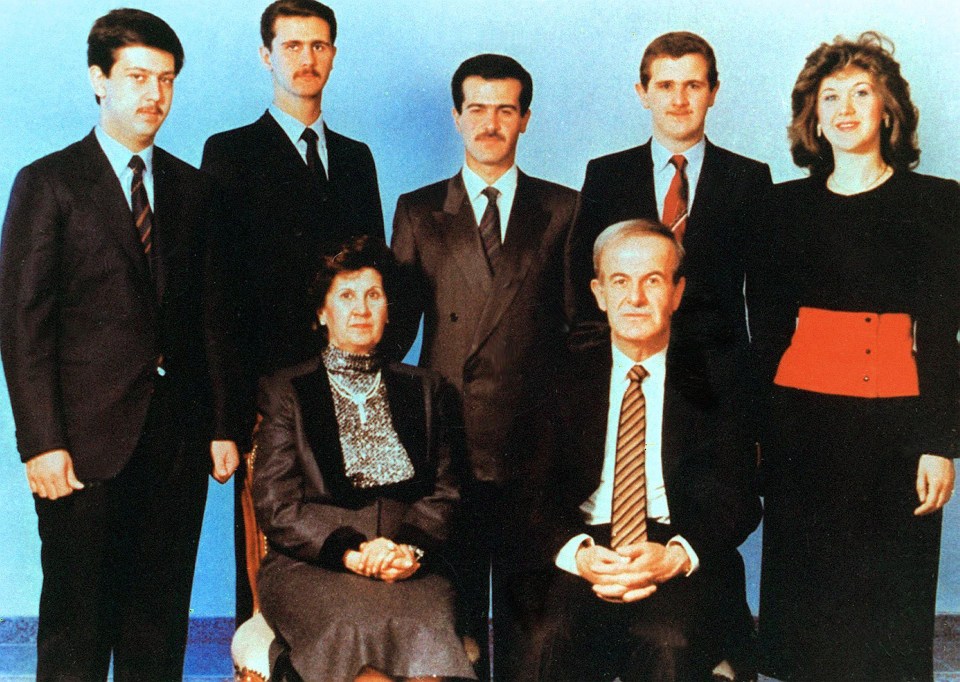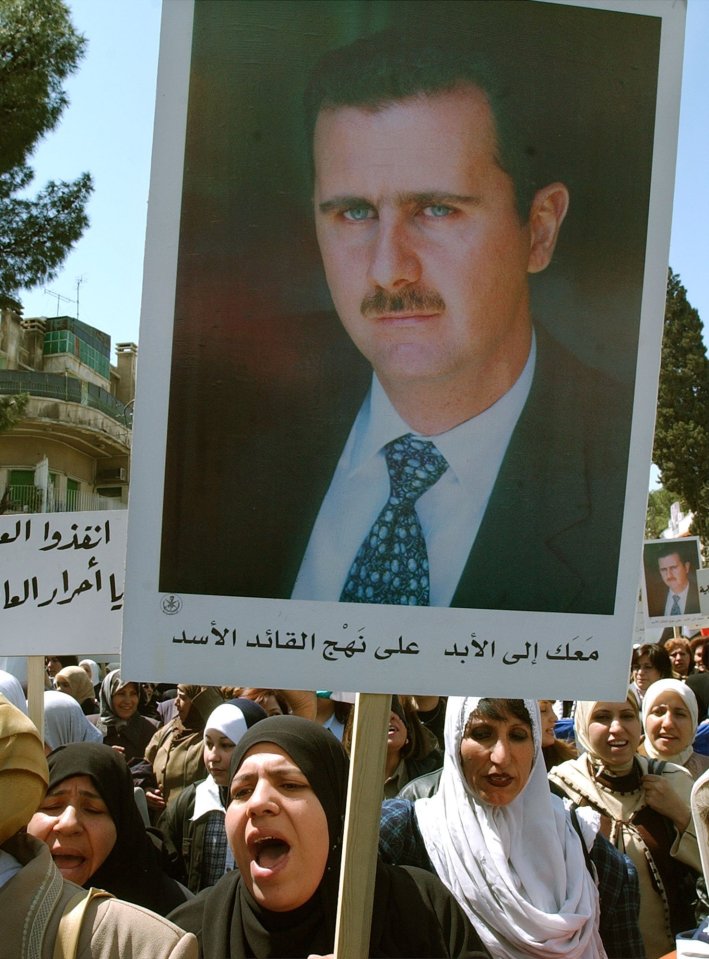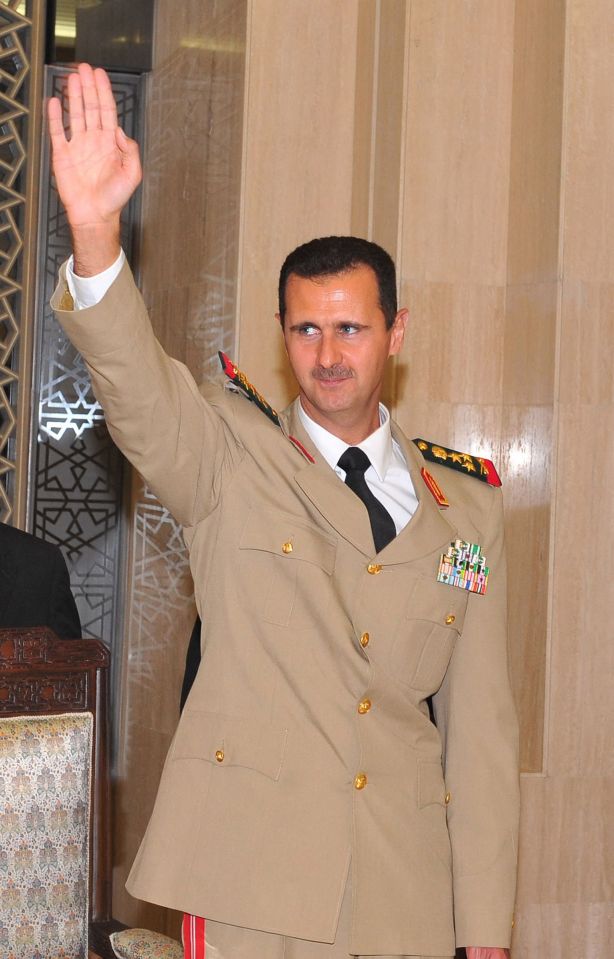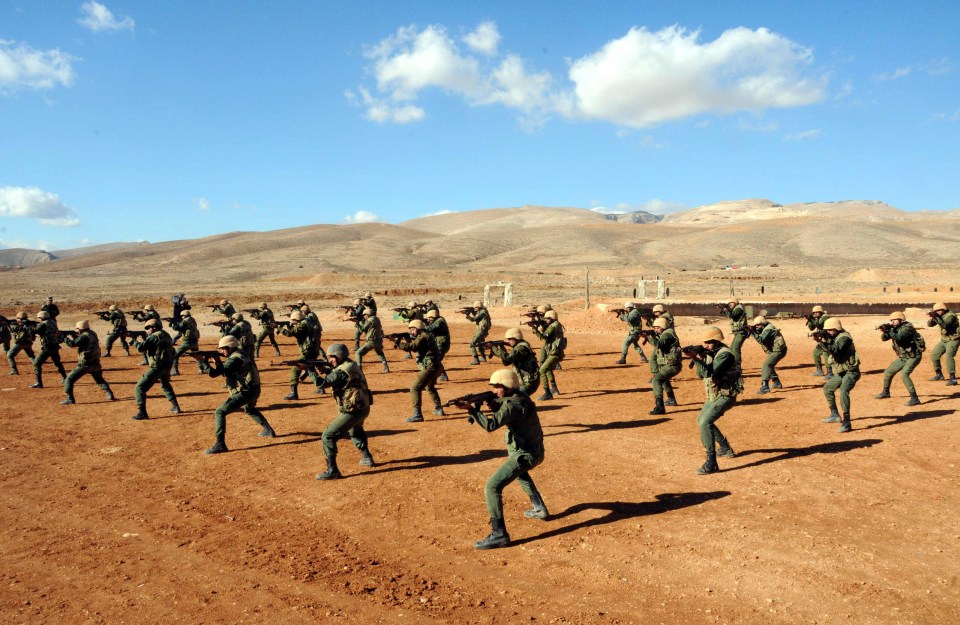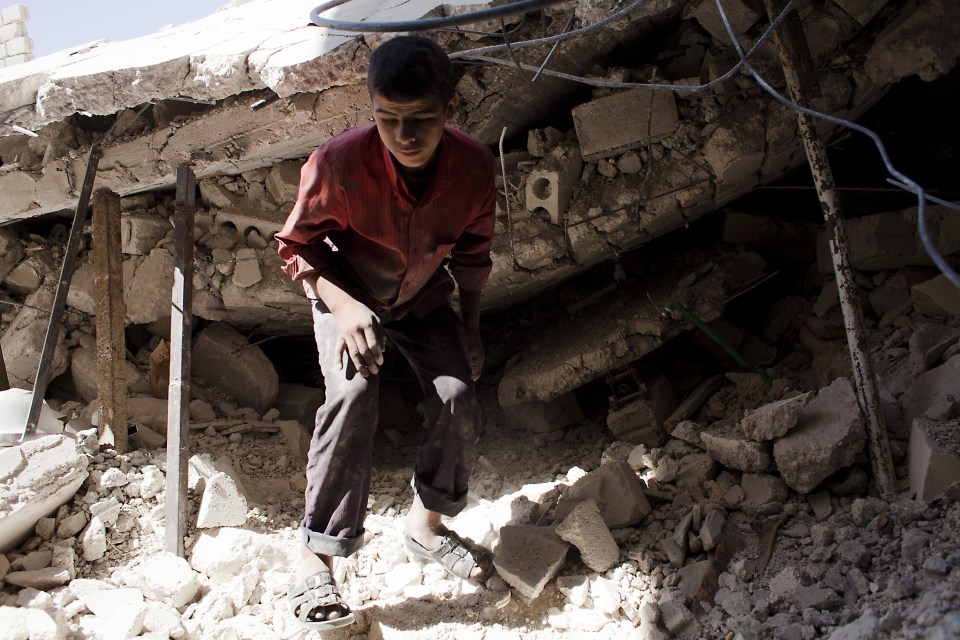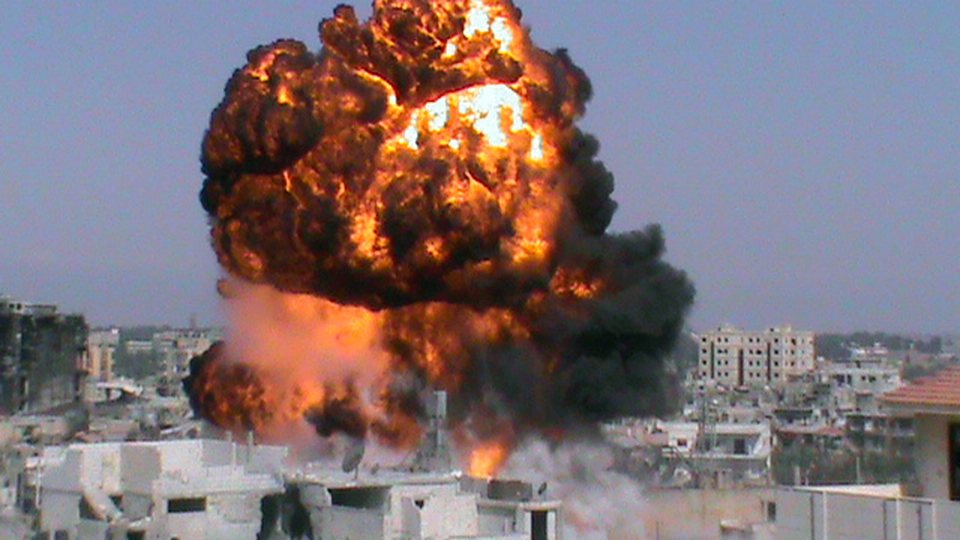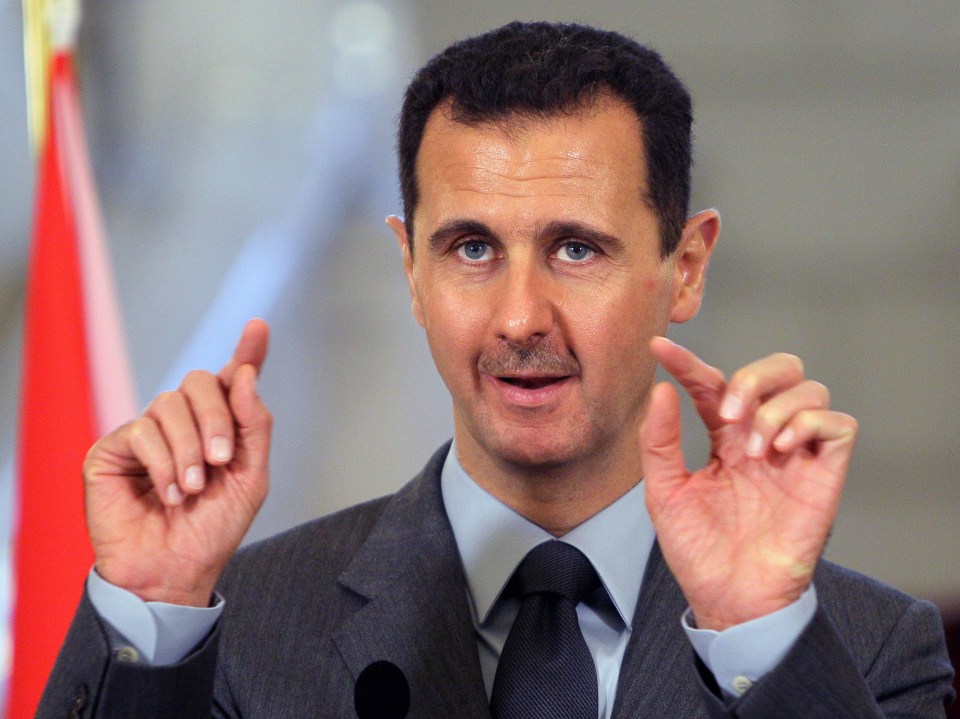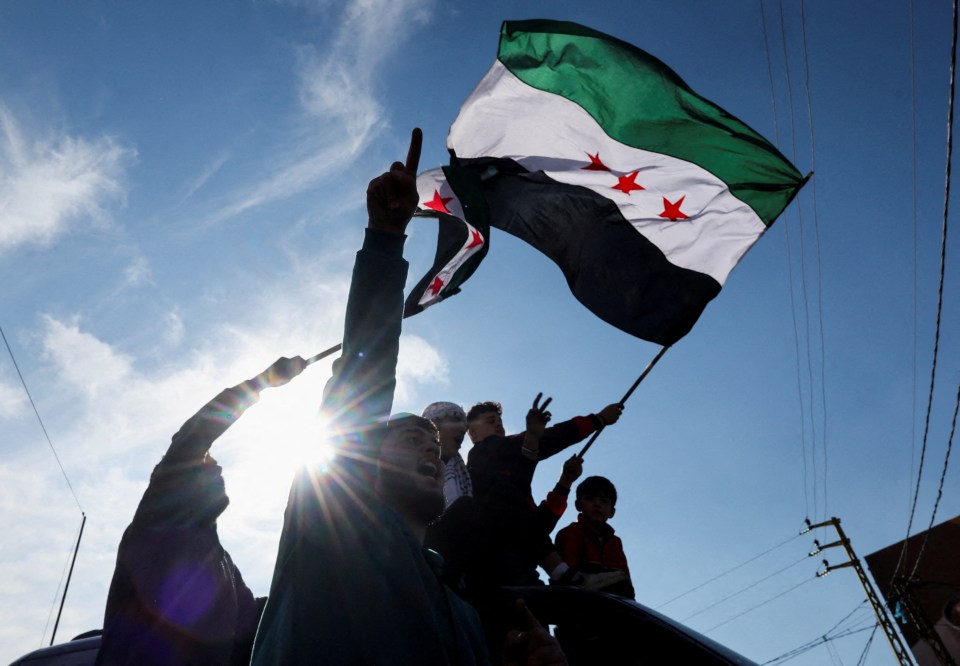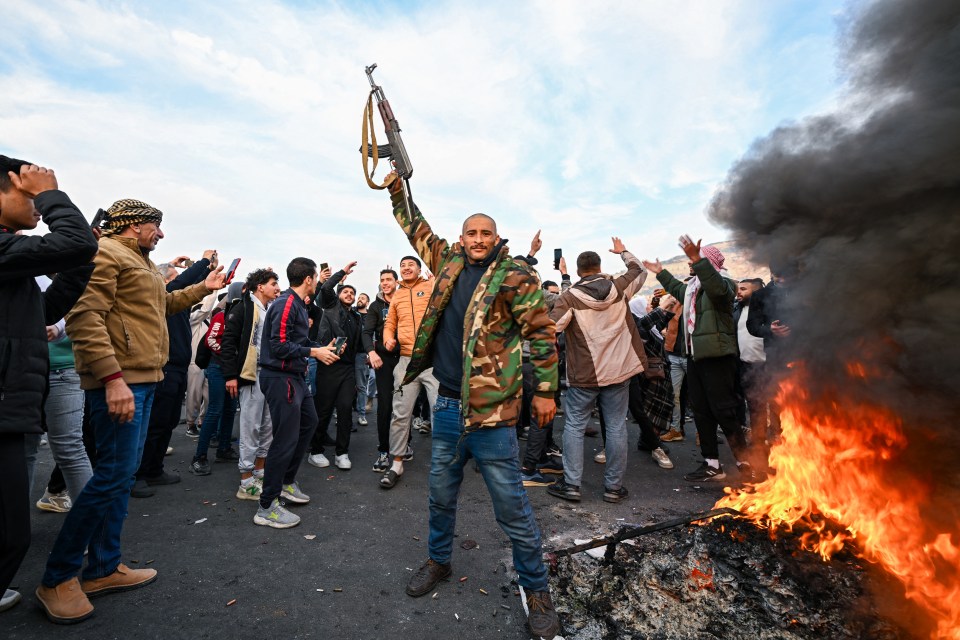BASHAR al-Assad’s 24-year rule over Syria has finally crumbled, marking the end of a regime infamous for its heinous crimes and devastating legacy.
Once hailed as a potential reformer, Assad’s journey from a soft-spoken London-trained eye doctor to one of the most brutal dictators of the 21st century is a chilling tale of power corrupted.
Assad’s rule over Syria ended in dramatic fashion after rebel forces stormed Damascus in a surprise offensive, forcing the dictator to flee to Russia.
This marked the conclusion of a regime notorious for its brutality, including chemical attacks, mass detentions, and the decimation of Syrian cities.
Born in 1965 to Hafez al-Assad, Syria’s iron-fisted leader, Bashar grew up as the unassuming third son in a political dynasty.
He seemed destined for a quiet life in medicine, even earning the nickname “geeky IT guy” while specialising in ophthalmology in London.
His life took a dramatic turn in 1994 when his elder brother, Bassel, the family’s chosen heir, died in a car accident.
Bashar was abruptly recalled to Syria and groomed for power.
When Hafez died in 2000, the Syrian parliament amended the constitution to lower the presidential age requirement from 40 to 34, enabling the younger Assad to assume power.
Initially, hope stirred for reform as Bashar promised modernisation, anti-corruption measures, and political openness.
But the so-called “Damascus Spring” was short-lived.
Within a year, Assad cracked down on dissenters, signalling the beginning of his authoritarian rule.
THE DESCENT INTO TYRANNY
The Assad regime quickly devolved into a kleptocracy, with Assad and his extended family siphoning wealth while suppressing opposition.
Corruption ran rampant, and citizens chafed under economic stagnation and police-state oppression.
In 2011, when the Arab Spring ignited hope for change across the Middle East, Assad’s government responded to peaceful pro-democracy protests with violence.
The brutal suppression in Daraa, where security forces tortured children and fired on unarmed demonstrators, sparked nationwide outrage.
Assad’s response was devastating: he unleashed his military on civilians, transforming protests into an all-out civil war.
His forces targeted hospitals, schools, and marketplaces with barrel bombs and chemical weapons.
The 2013 sarin gas attack on Ghouta left hundreds dead and cemented Assad’s reputation as a war criminal.
A WAR OF ATTRITION
The Syrian Civil War became a geopolitical quagmire.
Assad, backed by Russia and Iran, portrayed himself as a bulwark against terrorism while cynically releasing jihadist prisoners to bolster extremist factions.
This fuelled the rise of groups like ISIS, reshaping global terror.
By 2015, Assad’s regime controlled only 10 per cent of Syria.
It was Russia’s military intervention, with relentless airstrikes under the guise of fighting terrorism, that turned the tide.
Russian President Vladimir Putin and Iranian Supreme Leader Ayatollah Khamenei propped up Assad, ensuring his survival even as Syria became a battleground for international powers.
Despite gaining the upper hand, Assad’s methods hollowed out Syria.
Cities like Aleppo and Homs were reduced to rubble, over half the population was displaced, and hundreds of thousands perished.
The United Nations accused Assad of widespread atrocities, from systematic torture in government prisons to indiscriminate bombings.
ASSAD’S DOWNFALL
The end of Assad’s reign came abruptly in December 2024, as rebel forces launched a lightning offensive, exploiting weakened Syrian defences.
Rebels captured Damascus in a lightning campaign, declaring the capital “free” and marking the end of years of brutal authoritarian rule.
With Russia mired in Ukraine and Iran preoccupied with regional conflicts, Assad’s regime was left vulnerable.
Rebels stormed Aleppo, marking a symbolic victory, and Assad fled Damascus.
Assad left aboard a military plane amid rumours of its crash before resurfacing in Moscow, where Vladimir Putin granted him asylum.
Meanwhile, opposition forces took control of key cities, toppled Assad’s statues, and announced plans for a transitional government.
The fall of Assad deals a blow to allies Russia and Iran, with both withdrawing assets from Syria.
Challenges remain as Syrians celebrate, but hopes rise for a democratic future after years of war.
His fall not only signals the collapse of a dynastic dictatorship but also underscores the cost of clinging to power through terror.
Bashar al-Assad has left behind a shattered nation.
He decimated Syria’s infrastructure, fractured its society, and plunged millions into despair.
Syria became synonymous with human suffering, and Assad’s name will forever be tied to some of the worst war crimes of the modern era.
The man once seen as a modernising reformer will be remembered instead as a symbol of unchecked brutality, his legacy written in the blood of his own people.



